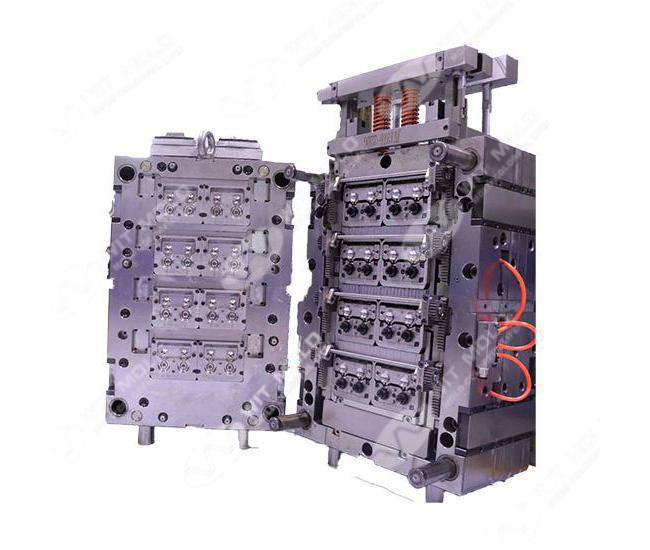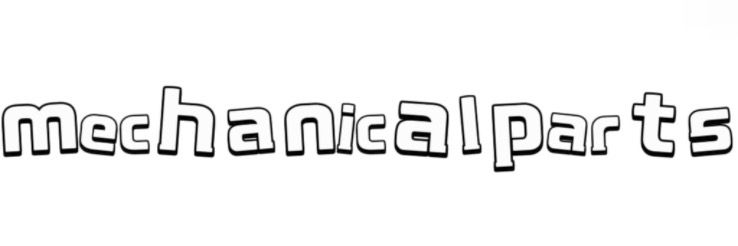How Does a High Cavitation Mold Boost Production Efficiency and Cut Costs?
Mar. 14, 2025
Understanding High Cavitation Molds and Their Role in Manufacturing
In high-volume manufacturing, efficiency and cost-effectiveness are critical factors. A High Cavitation Mold is designed to maximize output by producing multiple identical parts in a single cycle. This type of mold is commonly used in industries such as medical devices, consumer packaging, and automotive components, where mass production is essential.
By increasing the number of cavities within a mold, manufacturers can significantly reduce cycle times and material waste. But how exactly does a High Cavitation Mold improve production efficiency and lower costs? Let's explore the key advantages and strategies behind this technology.
How a High Cavitation Mold Enhances Production Efficiency
1. Increased Output Per Cycle
A High Cavitation Mold allows manufacturers to produce dozens or even hundreds of parts simultaneously, reducing the overall cycle time per unit. This enables faster production without compromising quality, making it ideal for industries requiring large-scale manufacturing.
2. Optimized Machine Utilization
Since multiple parts are molded at once, injection molding machines can operate at peak efficiency. This reduces idle time and ensures that production targets are met more quickly, improving overall equipment effectiveness (OEE).
3. Consistency and Precision
With advanced mold engineering and high-quality materials, High Cavitation Molds ensure uniformity across all produced parts. This consistency reduces quality control issues, minimizes defects, and enhances customer satisfaction.
4. Reduced Labor and Handling Time
By manufacturing multiple components in a single shot, fewer manual interventions are needed. Automated systems can further streamline the process, reducing labor costs and the risk of human errors.

How a High Cavitation Mold Helps Cut Costs
1. Lower Material Waste
High-efficiency runner systems and optimized cavity layouts minimize excess material usage. Some High Cavitation Molds incorporate hot runner technology, which eliminates sprue waste and enhances material efficiency.
2. Energy Savings
Producing multiple parts per cycle means that machines run fewer cycles overall, leading to lower energy consumption. This makes High Cavitation Molds a cost-effective solution for sustainable manufacturing.
3. Extended Mold Lifespan
Well-designed High Cavitation Molds use high-grade steel and precision engineering to withstand continuous use. This durability reduces the need for frequent mold replacements, further lowering long-term costs.
4. Faster Return on Investment (ROI)
Although High Cavitation Molds require a higher initial investment, the increased production capacity and efficiency quickly offset the costs. Manufacturers can achieve a faster ROI by producing more units in less time.
Conclusion: Is a High Cavitation Mold Right for Your Production Needs?
A High Cavitation Mold is an excellent choice for manufacturers looking to enhance production efficiency and reduce costs. By enabling high-volume output, minimizing waste, and optimizing energy usage, this technology provides a competitive edge in large-scale manufacturing.
Are you considering implementing a High Cavitation Mold in your production line? Feel free to share your thoughts or ask any questions in the comments below!
61
0
0
All Comments (0)
Previous: Mould Manufacturing Process: Injection vs. Compression Methods Explained
Next: High-Cavity Molds: Design Considerations and Applications
If you are interested in sending in a Guest Blogger Submission,welcome to write for us!


Comments